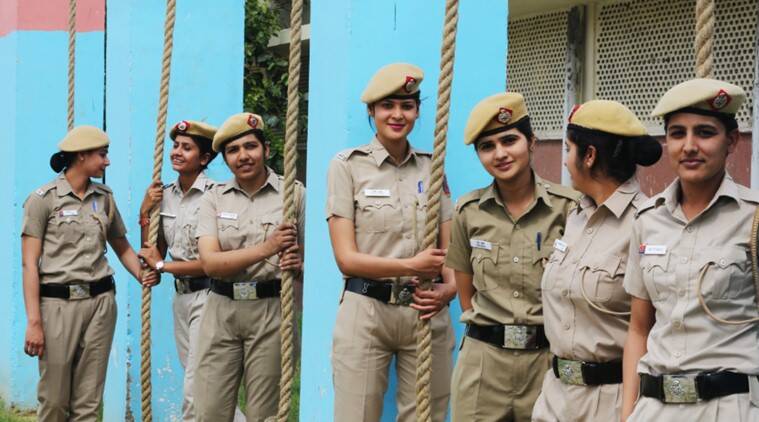In India, policewomen constitute only 10.3 per cent of the forces; despite twice the rise in the number of women in the Indian police force over the last few years, as highlighted by Prime Minister Narendra Modi in his last ‘Mann ki Baat’ radio programme.
In 2009, the Centre had set a target of 33 per cent and had advised states to include more women in the force – reiterated in 2013 and 2015. Though a majority of the states and union territories have introduced varying percentages of reservation for women, hard numbers show that this has simply not been enough.
Adequate women representation is a vital professional necessity. Policewomen are more suited to deal with policing requirements of womenfolk and children, which is more than half the total population. They are endowed – more than men – with traits like patience, empathy, solicitude, tolerance and sacrifice, valuable for democratic policing. Women are also less likely to use excessive force, which means a curb on malpractices like third-degree and custodial violence. A sizeable number would go a long way in improving the image of the police in society.
Recent legislations have also mandated the performance of certain police tasks exclusively by women police personnel. A 2013 advisory issued by the Ministry of Home Affairs requires each police station to have three women sub-inspectors and 10 constables to staff women helpdesks.
Policing has always been considered a masculine profession. In India, the credit for their path-breaking entry goes to then-Travancore Royal Police, which recruited a few women as ‘Special Police Officers’ as far back as in 1933. This was followed by the recruitment of a few women in Kanpur Police in 1939, to deal with female agitators in industrial strikes, as also for certain policing tasks in Bombay, Calcutta and Madras ports. After Independence, many states started inducting women into their police services.
Uncongenial policies relating to the service and working conditions of women inductees have proved to be a major problem.
The case of C. Kamalamma, the first woman police officer of India, exemplifies such unwelcoming policies. Early in her career, she fell in love with a colleague and married him secretly. The rules at that time did not allow policewomen to marry, so she lost her job once pregnancy unmasked her marriage. It was only after India’s Independence that a benevolent government reinstated her into service. Though the situation has improved since then, not all policies would still pass muster as really welcoming for women.
Societal stereotypes are another barrier. Being typified as a male bastion, joining the forces often becomes a hindrance in marriage prospects for girls. There remains a strong undercurrent of social discouragement.
Inordinately long and chaotic duty routines act as a serious impediment for women, for whom juggling professional duties and domestic responsibilities becomes a day-to-day challenge. The problem is compounded by the absence of basic amenities like toilets, restrooms, crèches, etc. at police stations.
Highly unsuitable professional gear and equipment add to their woes. From uniforms to helmets to bullet-proof jackets, everything seems to have been designed keeping men in mind.
To set the situation right, a two-pronged approach is required: (i) action to speedily increase the intake of policewomen, alongside (ii) affirmative measures to address systemic gaps in facilities, processes and institutional practices to make them more woman-friendly. Outreach initiatives, like organising wide publicity of recruitment drives through schools, colleges and public institutions and holding coaching camps on abilities and skills relevant to recruitment tests would help promote interest and attract aspirants.
The task of constructing toilets, restrooms, crèches, etc. needs to be taken up in a project mode, liberally utilising ‘Modernisation of Police Forces’ (MPF) grants of the central and state governments. Gender budgeting can help quickly address such infrastructural deficits.
Duty hours need to be relooked at. The dual role of women caught between professional duties and domestic responsibilities need to be kept under consideration at all times, especially while allocating duties. Women also need to be given a choice for posting in their home district. Not least importantly, misogyny needs to be done away with. Gender sensitisation has to be taken up as a regular feature.
The cause of a more gender-inclusive police force is a sine qua non for police reform. This would be greatly helped by formulating a well-thought-out policy and its sincere implementation.












